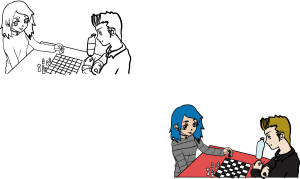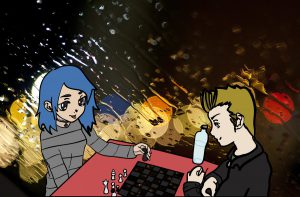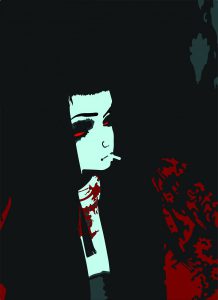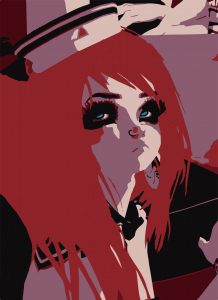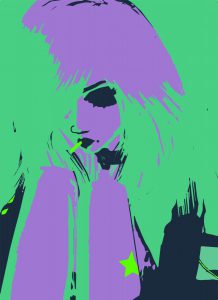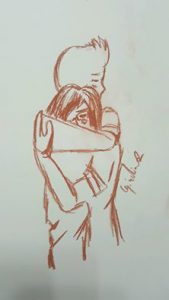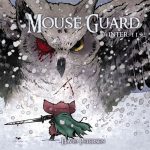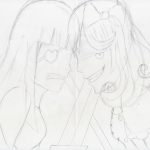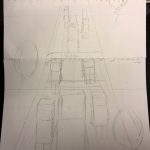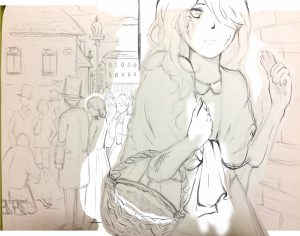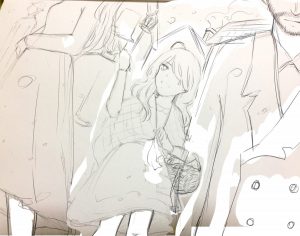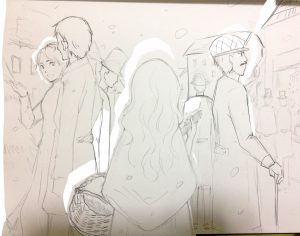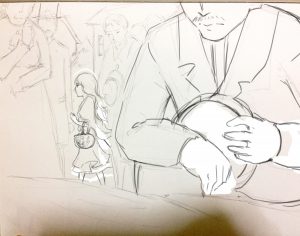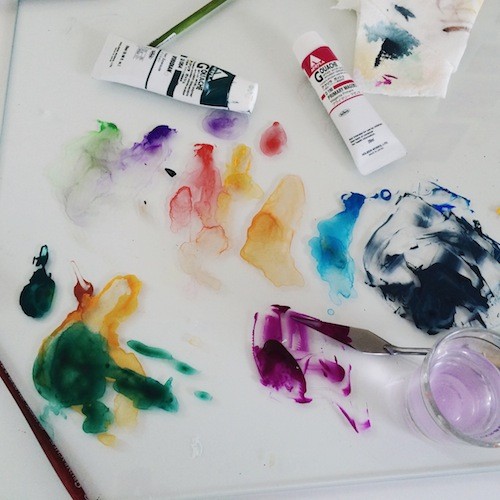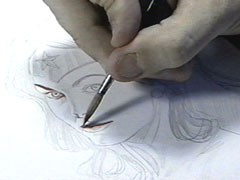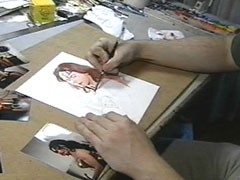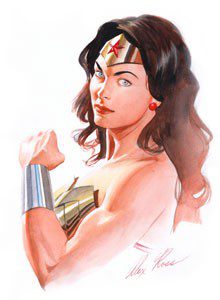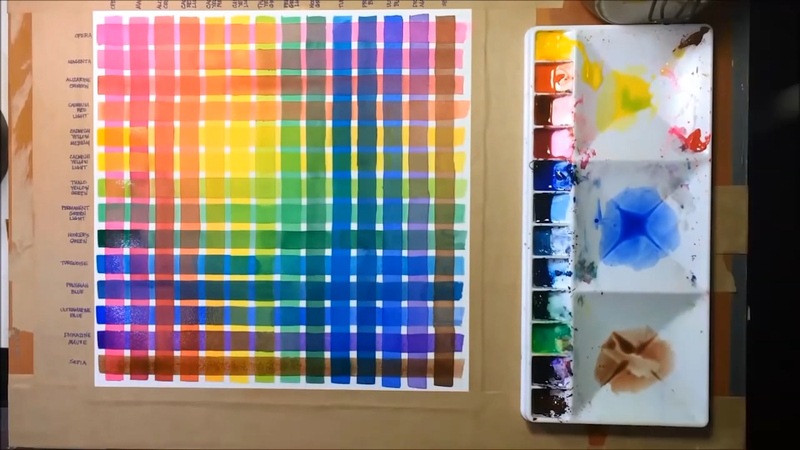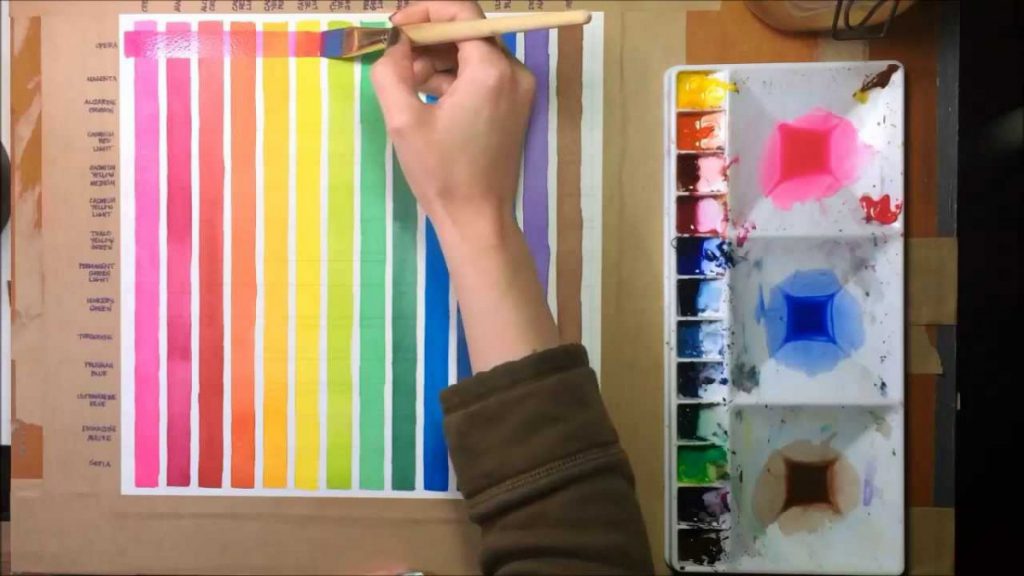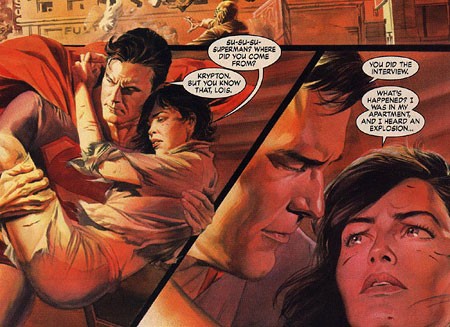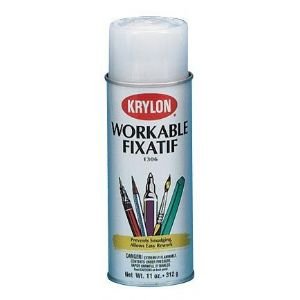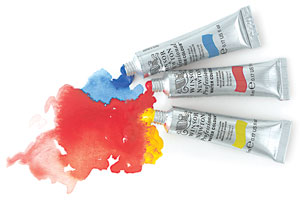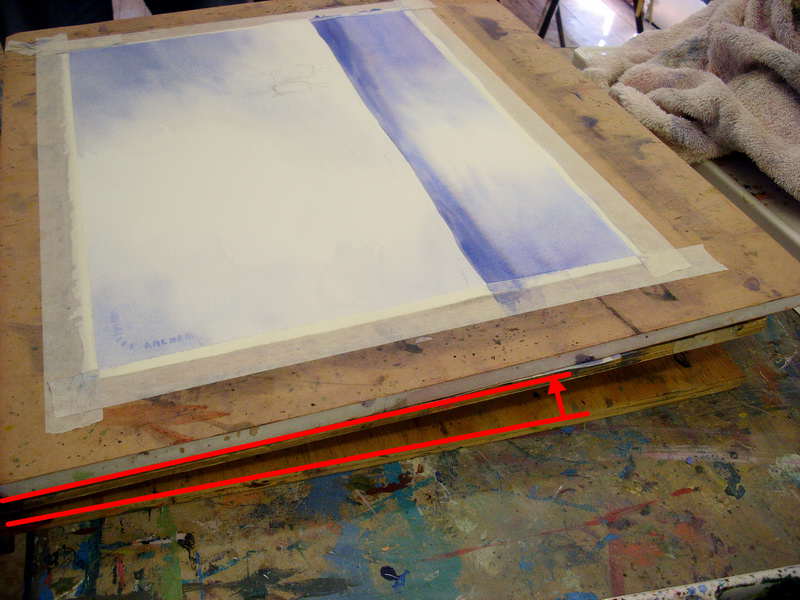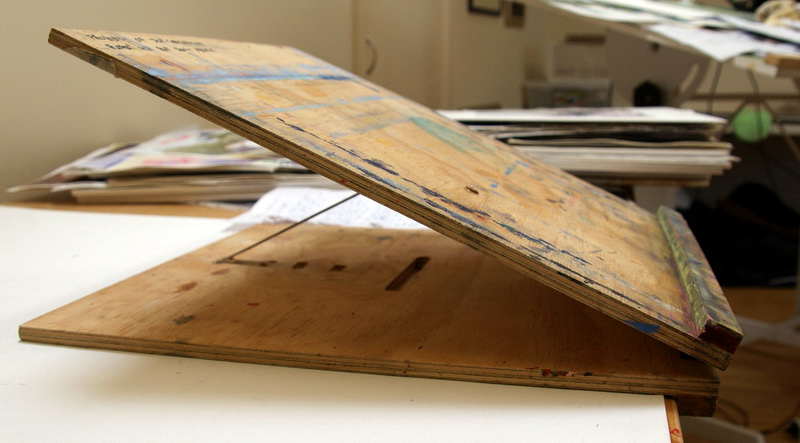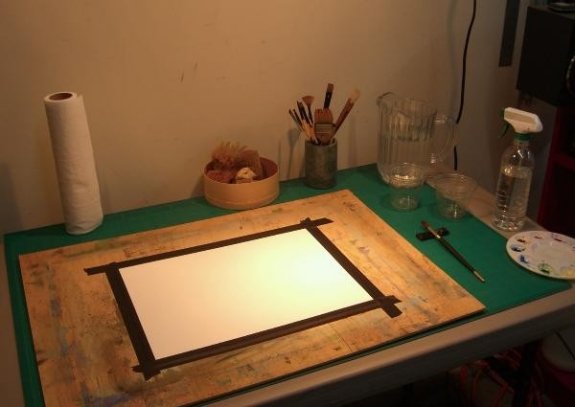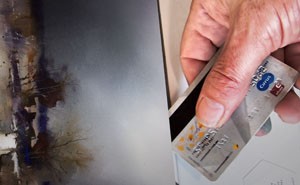Looking at my drawings I can tell you that I need improvement with my proportions and perspective. There are some point while drawing I get really lazy and say what the heck and go with the flow. Watching these tutorials helped me realized that you shouldn’t rush art or any flow of ideas because it’ll just come to you. I mostly watched Proko’s video of proportion because enjoy all of his videos as it is enjoyable to watch and also helpful . So what I need to do now is stop being lazy and bullshitting with my drawings and actually put everything I’ve learned to good use.
Monthly Archives: November 2016
Proposed Working Method
http://muddycolors.blogspot.com/2012/08/goddess-of-antiquity-process-breakdown_17.html
The process I would like to use is basically start of with thumbnail sketches pick my best one and then use lines and shading. But mostly shading. Instead of painting, my ideal was to basically convert my illustration digitally because I feel as if my art work is stronger in digital work. My main focus on my illustration would be the characters and indicate which character or subject is more dominate. In other words as it was shown in this picture by Eric Fortune. In this illustration, the author demonstrates that the most relevant or the main focus of this picture would be the subject that’s standing over the objects that’s on the floor. That’s how I want to show in one of my concept sketches. My main focus will be more on the subjects then the surrounds so that’s why you would see more details on the characters then in the setting. Just like concept 2 is showing.
Be your worst own critic
When watching these tutorial videos, my main focus would be learning how to draw one of my concept drawings in a worms eye view and a eye level shot. I found it very interesting to use worms eye view because it allows the audience to see what subject in the illustration is more dominate then the other and that’s what I’m going for. There were times when I would use a eye level view for my illustrations but for some reason it turned out that eye level views don’t workout out for all drawings. In other words what I’m trying to say is , there will always be one specific angle that will best fit a drawing depending the setting. For instance, I did a revised version of one of my concepts using a worms eye view.
Revision
I would use this also as one of my reference to create my concept sketch.
Giulia Bentoglio: Proposing Working Method
Proposing Working Method: Digitally
My Overall Proposal for this project would be to work Digitally. Although im a beginner on Illustrator, I am a very fast learner. I have done multiple projects Digitally, which they come out really well done compared to when im attempting to color my drawings in myself in manual. Besides Working digitally would be much faster since I do own a Tablet that will give me the extra lift.
Examples:
Giulia Bentoglio: How to Draw People Hugging
Be your own worst critic/Proposed working method
I found this tutorial of making one point perspective where this video shows the similar eye level that I am going to use for my parade scene. I also saw David Petersen who draw a book called Mouse Guard that has a fight scene between a mouse and an owl. I think these two are most important for my reference, since my placement in background and the the character perspective of where the viewer is looking.
I want to make my approach on using traditional and digitally on my final work. I am definitely want to use water color to make this background color was smeared rainbow or pastel color and just layer them in Photoshop to show fantasy. Including sparks and lights on the fighting scene, other then that I think doing it others in Photoshop it is comfortable for me working on.
My revised drawings:
I personally like Alice better then the Queen since it was difficult to draw. Since my proportion is off, I hope I can change them through photoshop. I also did what professor asked to put one point perspective and draw boxes so that I can just put characters in there. Since I think its better to do vertical for the parade, I am going to try applying that to the fight scene.
Proposed working method
For my working method I am learning about color as well a good composition along side foreshortening. I am sketching out different bodies in different views to understand foreshortening and some color theory.
I have done sketches and some and some detail sketches, so far I am working on studies to understand foreshortening, and will move on to other detail sketches because I still feel unsatisfied with the ones I have so far. I will be working digitally for my value and colors and for my final I will be using water color, color pencils, and airbrush, with a little retouches of digital work.
Foreshortening: http://thevirtualinstructor.com/foreshortening.html
Color: https://www.youtube.com/watch?v=Qj1FK8n7WgY
Composition: https://www.youtube.com/watch?v=O8i7OKbWmRM
Proposed working method (Jingyi)
By comparing the actual photography with my drawing, I realized that I now have a better understanding of the perspective of the ratio of the human body. Some details cannot be accurately illustrated through imagination alone. Sometimes to get accurate impression, one must consult an actual image for certain details.
I would like to use the combination of traditional and digital art making for my work. For my work process, I would like to do my concept sketches traditionally on my sketch book. After that I will move the rough sketch to photoshop and work on it digitally to make adjustment and modifications. Then I will proceed the coloring job via photoshop as well.
The tutorial video that chose is about two point perspective. I chose this video because in relation to my first paragraph, this video is focuses on technique, I think this is important due to technique is something that can be gained through learning. Unlike technique, a grasp on the interpretation of details, cannot be learned but mastered through years of practice.
Concept Sketches Revised:
Watercolor Techniques, Part 2: Glazing, Layering, and Media Mixing
Watercolor is a flexible medium. It can also be applied directly over a pencil drawing, and can be used thinly as a glaze or opaquely like a traditional gouache. It can accept a variety of media layered on top of it too, such as colored pencil or ink. When dry and treated with a fixative it even allows the artist using it the flexibility of painting or glazing over previously painted areas without fear of disturbing those earlier layers.
GLAZE
When using Watercolor as a glaze, dissolve a small amount of pigment in water until you achieve the transparency level you are looking for, just as you would when working in watercolor. You can use this technique as your first layer of color, directly over your pencils as shown here in this step-by-step creation of the Incredible Wonder Woman portrait by Alex Ross.
Alex Ross Step by Step
- Glazing over Pencil
- More layering of color
- Final Art
As you can see, when in the right hands glazing is a very effective technique!
When glazing, remember:
- Each layer affects previous layers.
- Transparent layers of color add luminescence and depth.
- Glazing gently transitions areas from light to dark.
- Glazing will either dull or brighten previous layers.
- Analogous colors brighten.
- Complementary colors dull.
Helpful Tip
Try this: Make yourself a glazing guide by brushing a stripe of each of your colors as a glaze. Wait for it to dry (or use a hair dryer!). Then brush a second stripe of each color to form a grid. Don’t forget to label your colors for easy reference.
- Step 2
- Step 1
WATERCOLOR & PENCIL LAYERING TECHNIQUE
Once dry, the paint has a matte finish. This allows for additional techniques to be layered right on top. For example, an artist may choose to draw over the top with colored pencils. This technique is easy to see in this illustration of root vegetables by Lizzy Rockwell.
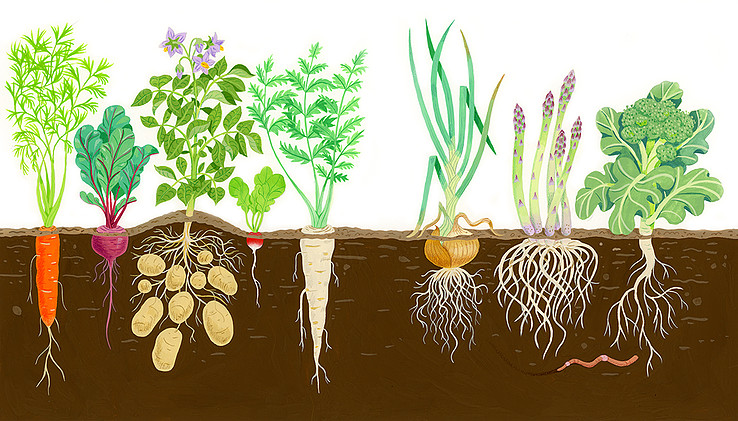 Lizzy Rockwell, illustration of root vegetables
Lizzy Rockwell, illustration of root vegetables
After Rockwell traces her drawing onto the watercolor paper, she fills in, using the gouache as a flat, opaque medium. Afterward, shading and details are added with Berol Prismacolor colored pencil over the painted areas. It is particularly noticeable on the carrot, the radish, the tips of the asparagus and on the lines on the onion.
Here comic book legend Alex Ross, whose process we just looked at, combines Watercolor and Gouache (opaque watercolor) with pencil and India ink. His painterly style is unique in the realm of comics. Ross uses glazes of color over a pencil drawing, which in many places remains visible. Once dry, the blacks and the line work are finished off with a brush and ink.
Alex Ross, illustration of Superman and Lois Lane
Helpful Tip
For the sake of permanency, a quick spray of fixative is recommended if you choose to use any of these layered techniques.
As you can see, you are about to begin working in a very flexible medium! These are by no means the only techniques to try, so feel free to experiment!
Watercolor Techniques, Part 1: Ready, Set, Paint!
Successfully working with Watercolor depends on applying the same principles you used when working with any wet medium. There are habits you can develop and things to set up ahead of time that will make all the difference.
Painting in any water-based medium depends on the interaction among four key factors:
- the absorbency of the paper
- how wet or dry the paper is
- how much pigment you are using
- gravity
Begin by setting up your work area properly before you start.
To account for gravity, set your art board at an angle. The steeper the angle, the stronger the force of gravity will be.
This angle is subject to personal preference. Some people like just 20 degrees (equivalent to a couple of textbooks propping up one end of your work surface) while others have a much steeper angle like this:
- Have everything you need on-hand. Lots of clean water and paper towels are a must.
- Try out your colors first. Don’t just blindly jump in.
- Try your colors at different opacities. See what they look like with different proportions of water to pigment.
- Try making a glazing chart to understand color interactions. (You’ll learn how to do this on the next page.)
- Mix colors you know you want to use beforehand and test them on a test strip of paper.
To prevent your work from buckling and warping you should tape your paper or illustration board down with artist’s tape, or work on a watercolor block. This will let the paper block or work board help the paper maintain its shape through repeated applications of wet paint.
Finally, if you’re working on a watercolor block and want to remove your painting, or you need paper for tests and roughs, you should remove your work by inserting a dull knife blade or a credit card into the opening at the top of the block and running it around the perimeter to break the adhesive bond and remove the page.


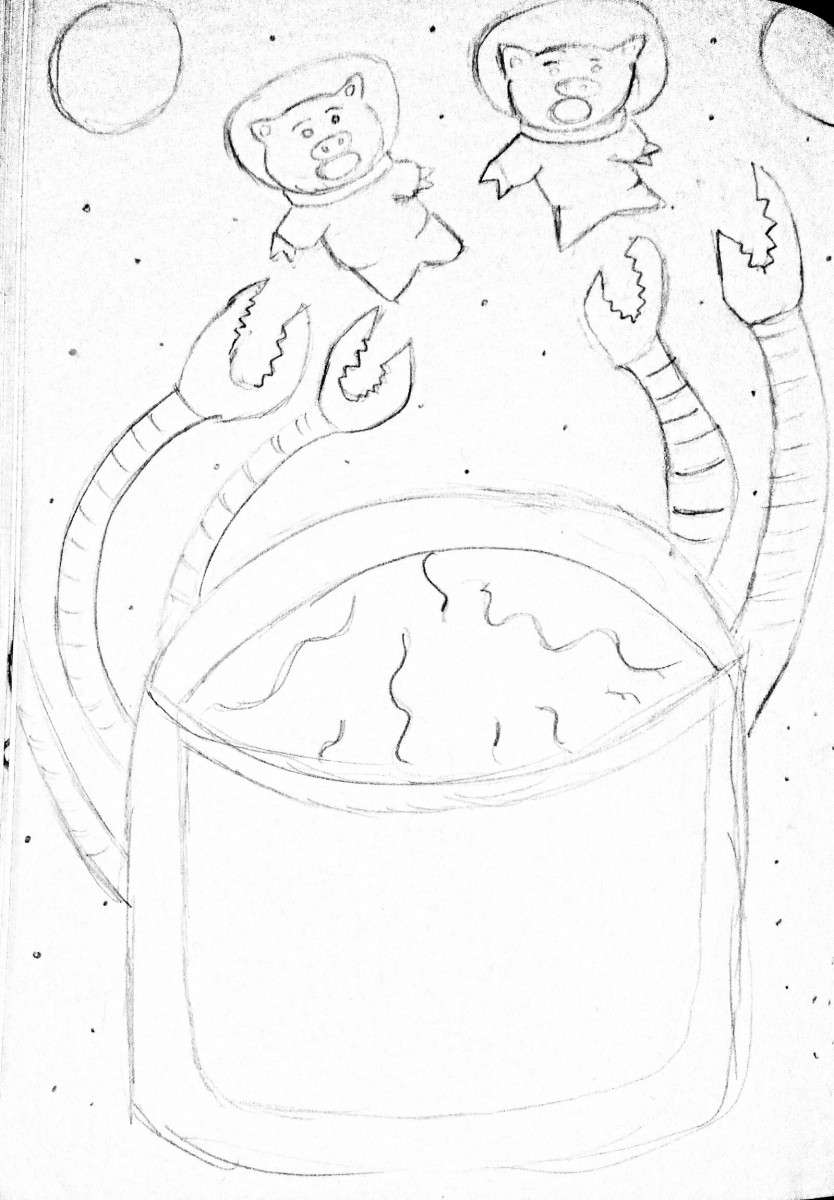 concept sketch 2
concept sketch 2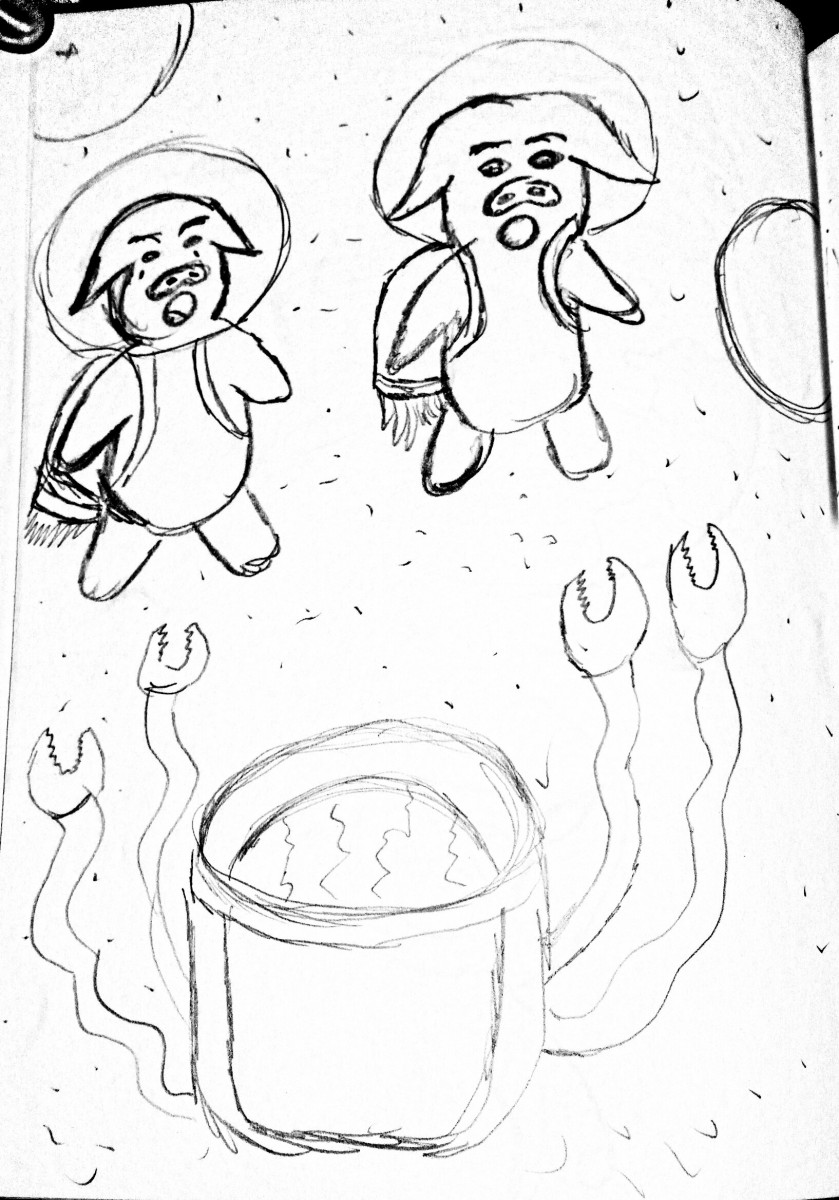 Original
Original
